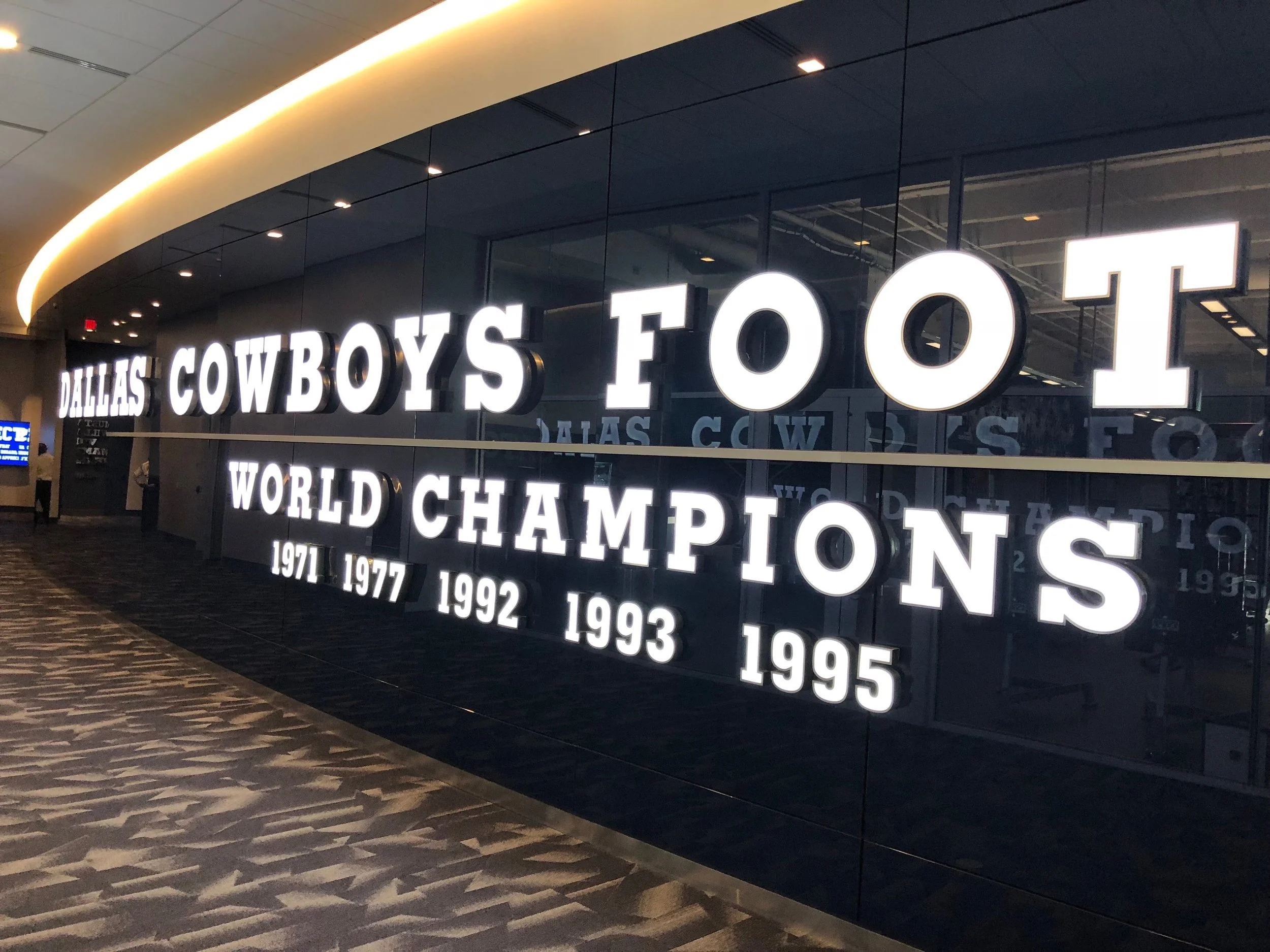Returning to Sports Post-COVID: Where Public Health and Strength & Conditioning Meet
/As we re-open America and return to what we have started to call “the new normal,” how do we go from at-home body weight workouts and driveway hoops (perhaps inspired by The Last Dance) to assembling with our team to practice, train, compete, and offer friendship? Or for the opportunity to be a spectator or a sports parent and experience the joy of sports?
This question is definitely the hot topic and being asked not only in the sports arena but everywhere else–restaurants, the entertainment industry, schools, the workplace, everywhere.
Read More











